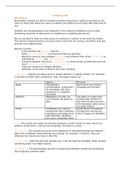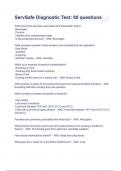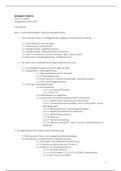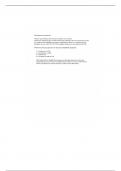Samenvatting
Summary Identity Diversity and Inclusion (IDI) (Identiteit, Diversiteit en Inclusie). Literature & Lectures
I summarized articles: Cooper, Crul, DeAnstiss&Ziaian, Haile&Siegmann, Marnell_etal, Underhill, Woodward and Young (I am missing Beekers and Schrijvers & Hoskin). I also summarized 3 of the lectures. I passed this course with an 8,0
[Meer zien]












